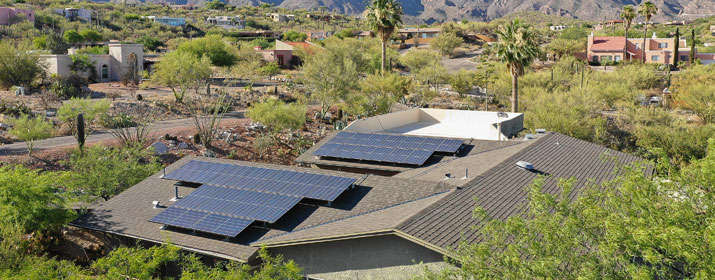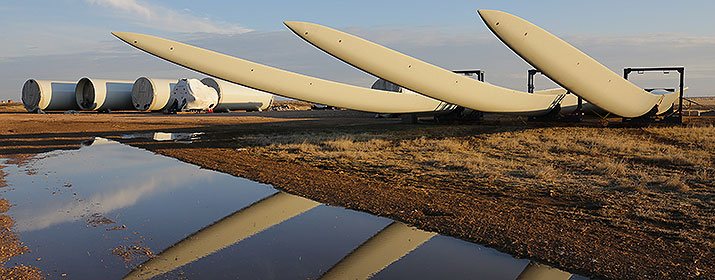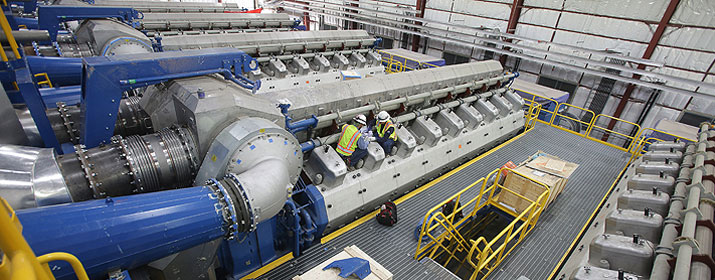
Tucson Electric Power is working to deliver 70 percent of our energy from renewable sources by 2035, and rooftop solar arrays are a significant part of our plan for a cleaner, greener grid.
More than 29,000 distributed generation (DG) solar power systems are connected to our local distribution system, and we’re helping customers connect more and more each year. Most systems are designed to send excess solar power to our grid, helping to reduce our reliance on fossil fuels. But those energy exports can create reliability and safety concerns if too many DG systems are connected to the same circuit, or subsection, of our distribution system.
The Arizona Corporation Commission (ACC) approved new state rules last year designed to limit those problems, while also standardizing the solar interconnection process across Arizona. TEP and other utilities must comply with the rules to ensure that new DG systems don’t compromise reliability or safety or risk damage to customer equipment that might be sensitive to voltage irregularities and fluctuations.
Of the 4,400 DG interconnection applications our customers filed last year, 83 failed screens and supplemental reviews under the new Distributed Generation Interconnection Rules, or DGIRs. Those applications sought interconnection to 16 circuits on our grid that were already saturated with DG energy exports.
TEP originally advised those applicants that, to comply with the DGIRs, their systems would need to be designed to limit or avoid energy exports. But after reviewing the impact on customers and our own clean energy goals, TEP got to work on another solution.
“Like our customers, we strongly support the expansion of clean, renewable energy to help reduce our carbon footprint and greenhouse gas emissions. We were committed to finding a solution for our customers who want to do their part for a clean energy future,” said Ted Burhans, Director of Emerging Technology and Innovation.
Our renewable energy and engineering teams worked over the course of last year to perform detailed circuit capacity studies and make adjustments to our system that have allowed us to bring additional DG systems online without extensive design changes.
Ultimately, through a combination of actions including hosting capacity analysis, circuit protection enhancements, load transfers, and voltage conversion, we were able to open 15 of the 16 circuits to new residential DG systems without compromising safety or reliability. Teams are working now to identify a solution for the last saturated circuit, in Marana.
“While we wanted to ensure customer satisfaction, we also knew we had an obligation to protect company assets and system operational integrity,” said Don McAdams, Principal Energy Services Engineer. “It was an intensive effort. We had to deploy new tools to conduct much of the analysis, but ultimately, we believe we accomplished our goal of providing customer flexibility while also protecting company interests.”
Larger DG systems still require supplemental review if they fail initial screens to better determine potential impacts on our service reliability and safety.
“This is an exciting time for us as we transition to our new energy future,” Burhans said, “And we’re working very hard to support customers who want to be part of this.”






